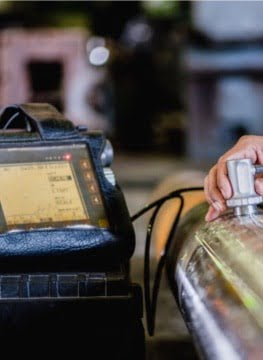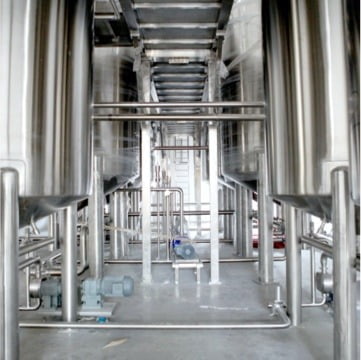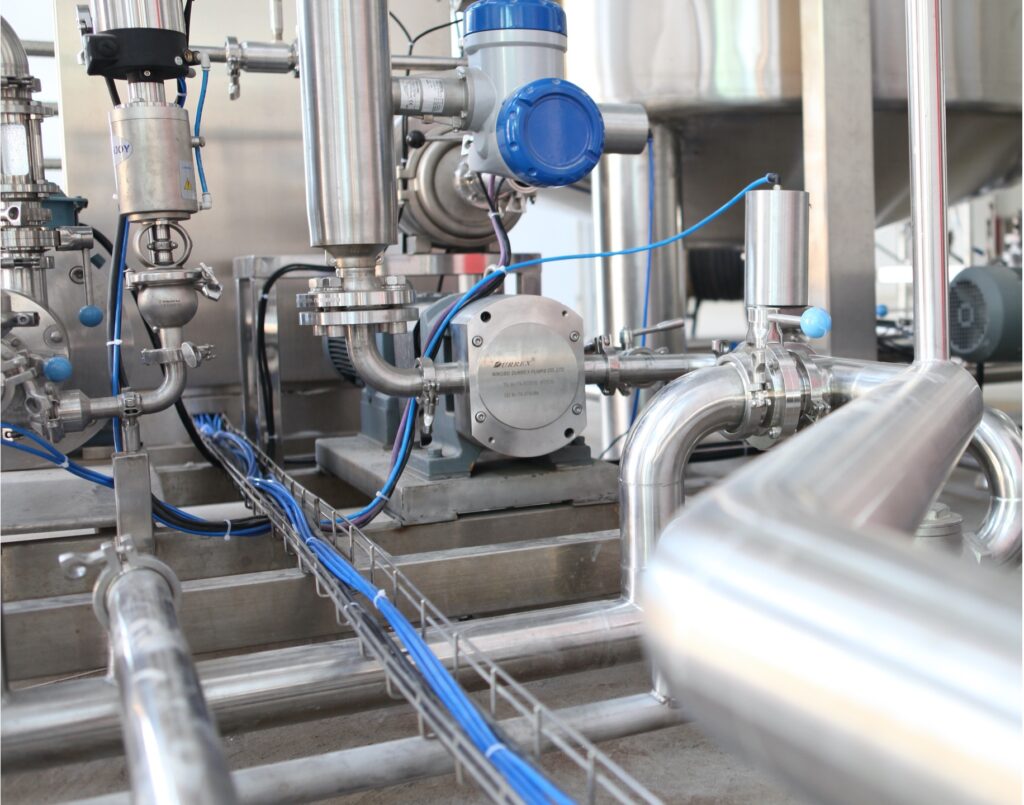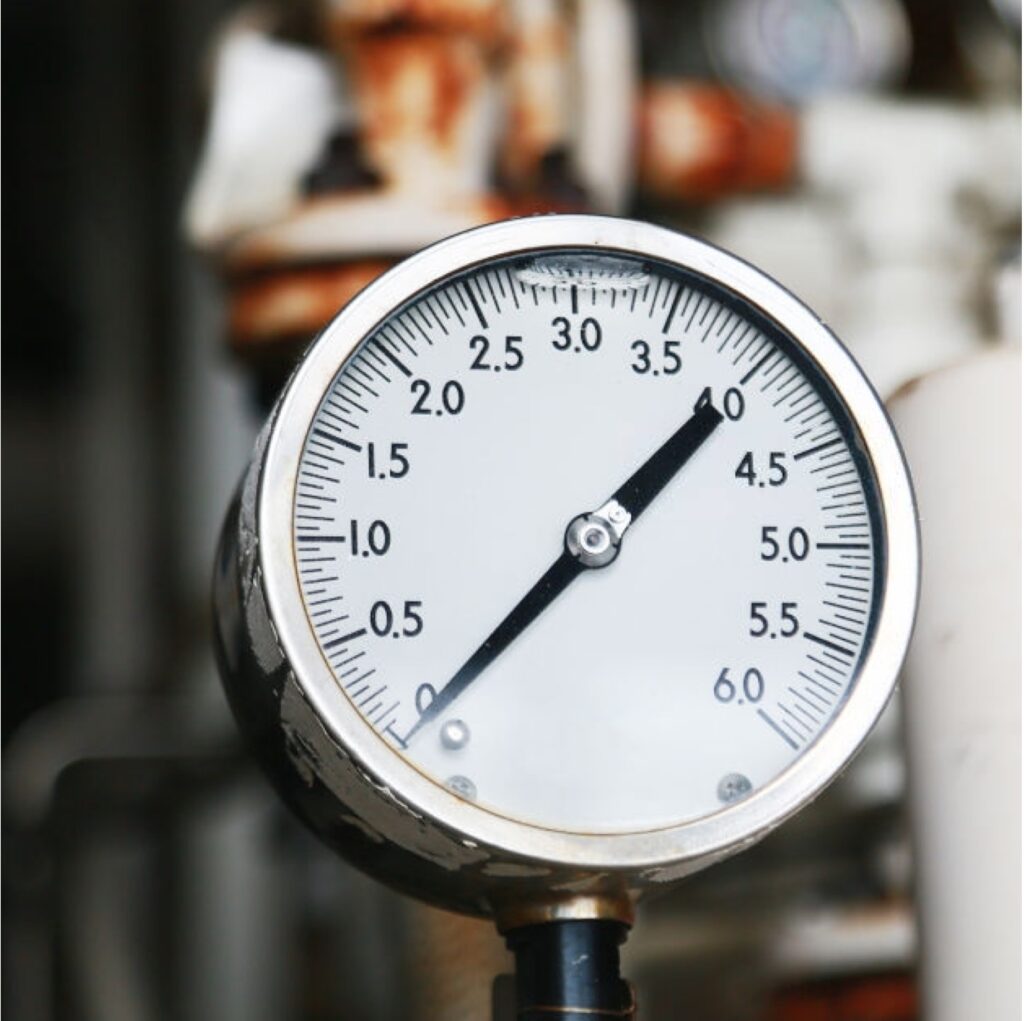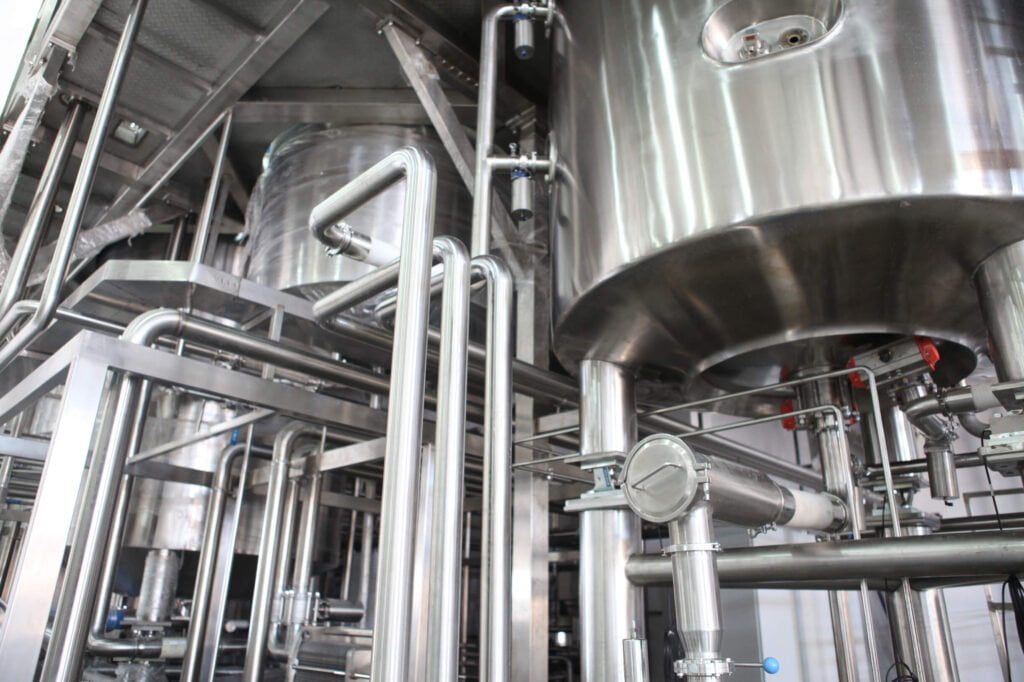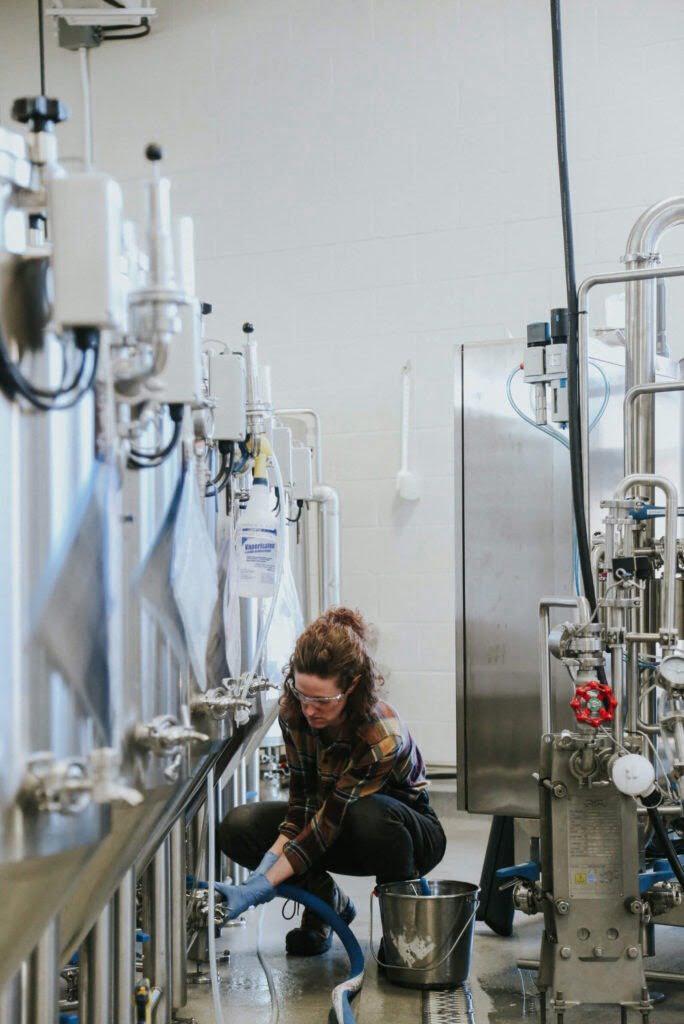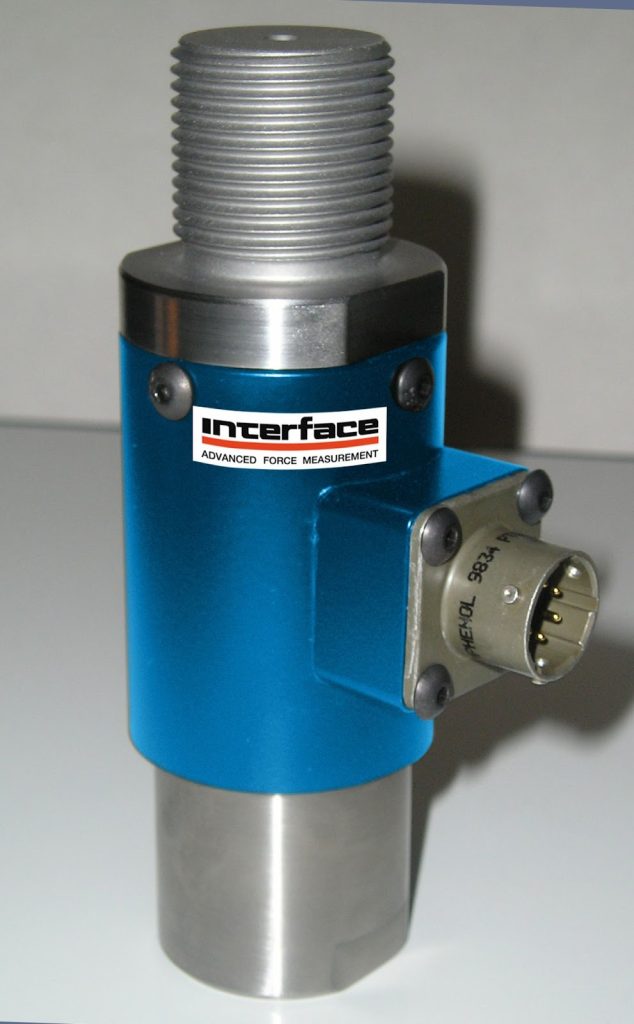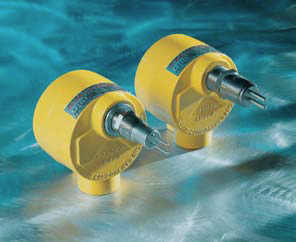
When managing critical processes across industries like water treatment, mining, or food processing, precision level measurement is non-negotiable. But which device is used for level measurement, and how do you choose the right one?
This guide introduces the primary level measurement devices—radar, ultrasonic, and float-based sensors—each offering unique advantages for different industrial requirements. At AMS, we support a wide variety of level measurement needs with trusted, high-performance solutions designed for accuracy, reliability, and compatibility with your specific process conditions.
Radar Level Measurement: Reliable for Harsh Conditions
Radar level transmitters use radar signals to measure the distance between the sensor and the liquid surface, making them ideal for continuous, non-contact level measurement in challenging environments.
- Uses radio frequency signals to detect level through vapour, dust, or foam
- Immune to changes in temperature, pressure, or vapour density
- Compatible with corrosive materials or high-pressure vessels
These transmitters are suitable for storage vessels, industrial tanks, and bulk solids—particularly in the mining and chemical manufacturing sectors.
Ultrasonic Level Sensors: Versatile and Cost-Effective
Ultrasonic technology remains one of the most popular options for liquid level measurement. Ultrasonic level transmitters convert the time delay of a sound wave reflected off a liquid surface into an electrical signal.
Benefits of ultrasonic level devices:
- Non contact sensing, reducing maintenance and contamination risks
- Ideal for aqueous solutions, slurries, and mild chemicals
- Excellent for short- to medium-range applications in open or closed tanks
AMS offers a selection of ultrasonic level transmitters and sensors designed for accuracy in common process control applications such as water treatment and food and beverage production.
Hydrostatic Level Transmitters: Precision Through Pressure
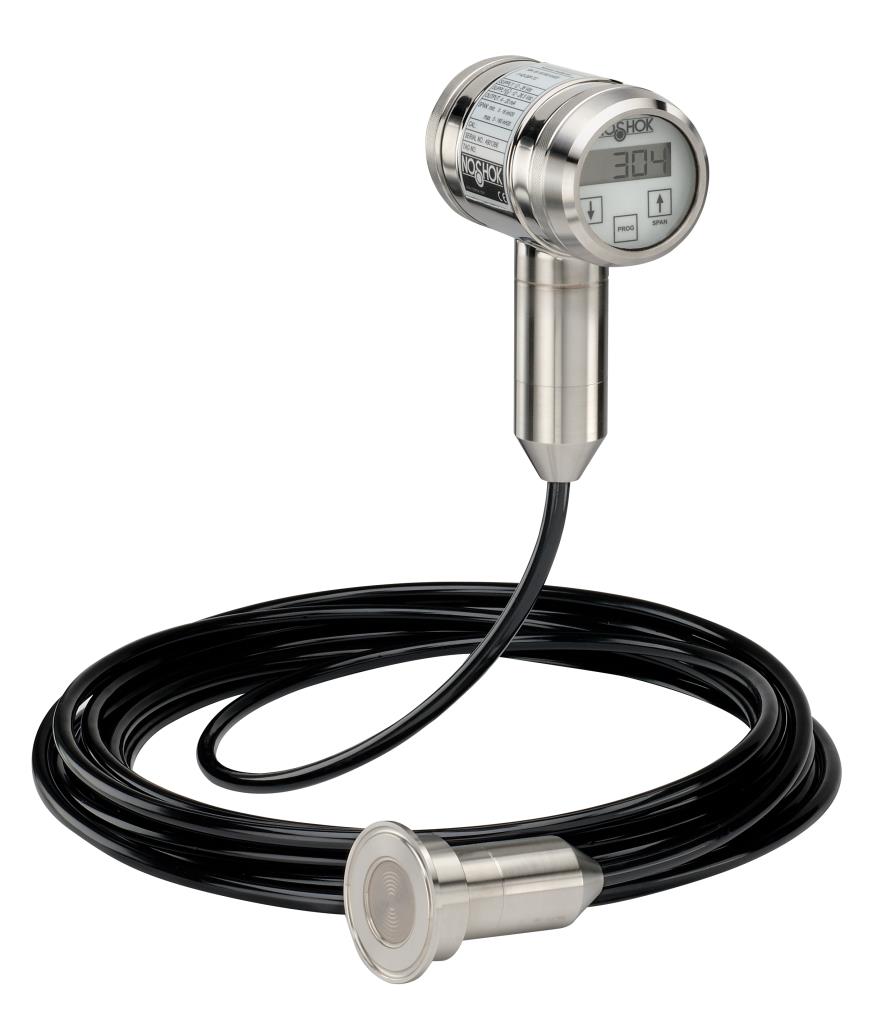
Hydrostatic level transmitters rely on the head pressure exerted by the liquid column. The transmitter housing converts this pressure into an electrical signal, delivering precise data on the fluid level.
- Suited for continuous level measurement
- Performs well in sealed tanks, deep wells, and submerged applications
- Immune to foam and vapour interference
Hydrostatic devices are a robust option for direct measurement, even in the presence of high temperatures or corrosive materials.
Float Switches and Float-Based Sensors: Simple but Effective
Float switches and float chambers are mechanical level sensors that rise or fall with the liquid level. A float switch triggers a response when the level crosses a certain threshold, making them suitable for point-level detection.
- Useful for pumps, alarms, or basic level indication
- Low maintenance with no electronics required
- Work well in narrow auxiliary columns and small process vessels
Though not ideal for continuous monitoring, float-based devices are cost-effective and durable for basic level control.
Capacitance Level Transmitters: Adaptable and Accurate
Capacitance level transmitters measure changes in the dielectric constant between a probe and the tank wall. As the fluid level changes, so does the capacitance value—offering a precise electrical signal for level measurement.
- Suitable for liquids, slurries, and even powders
- Offers non contact or contact sensor configurations
- Compatible with a wide range of process conditions
AMS offers capacitance level sensors engineered for demanding environments where versatile measurement and material compatibility are key.
Matching Devices to Your Needs
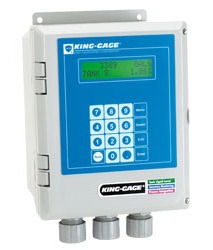
Whether you need to measure liquid level in a tall tank, handle bulk solids, or ensure reliable readings in harsh environments, choosing the right device depends on:
- Material type and properties (e.g., dielectric medium, conductivity)
- Tank geometry and vessel wall conditions
- Required measurement mode (point vs. continuous measurement)
- Budget, installation, and maintenance preferences
Why AMS?
At AMS, we specialise in providing end-to-end solutions for level measurement transmitters, from selection and supply through to calibration and servicing. Our expert team will help you match the ideal device to your operation—whether it’s a radar level sensor, an ultrasonic transducer, or a hydrostatic level transmitter.
Find the Right Level Measurement Device
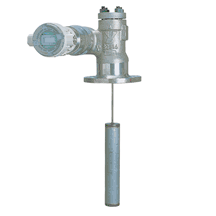
Selecting the right instrument can make a difference in process efficiency, compliance, and downtime prevention. AMS is here to help with high-quality products, local support, and deep expertise in process technology.
Ready to improve your level monitoring systems?
Contact us today to explore our range of level transmitters, non contact sensors, and electronic sensors.
Visit our contact page to get started.
